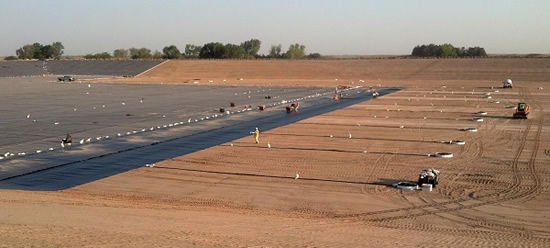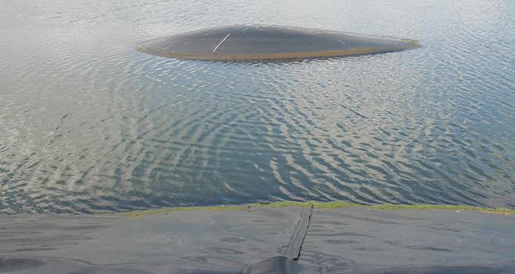The field of geosynthetics has seen a strong increase geomembrane performance debate. The topics have looked roundly at performance in exposed environments, in buried service conditions (e.g., landfill lining), from installation perspectives, and much more. The Berlin 2 think-tank gathering in 2014 on HDPE geomembranes, Queen’s University’s barrier studies, and the Geosynthetic Institute’s ever-growing body of research on geomembrane durability and service lives are just a few of the many forums, publications, and initiatives shaping discussion.
Varicore’s Andrew Plowman, who comes to the debate from the manufacturing side, notes that in our discussions we must not forget to include a focus on the impact of proper drainage and venting on geosynthetic barrier systems and lined facility performance.
GeoTalk is published on Tuesdays. Recent episodes:
- August 8: The State of Geosynthetics Education
- August 1:Perspectives on Puncture Protection for Landfill Lining Systems
- July 25: Jorge Zornberg on Differing MSE Design Frameworks
- July 18:George Koerner on Exposed Geomembrane Performance
Subscribe on iTunes and in the Google Play store.
PROPER DRAINAGE AND VENTING OF GEOSYNTHETIC BARRIER SYSTEMS
The concept of proper draining and venting under synthetic liners is nothing new, but it is an area in which significant innovation is occurring, just as with geomembranes.

“[It’s]a discussion that’s sometimes buried in other discussions,” Plowman says. “We believe that the basis for all good projects starts with the bedwork and the cornerstones.”
Proper drainage and venting is one of those basics.
RELATED: Drainage and Venting of Geosynthetic Containment Systems
“Every system is its own unique animal,” Plowman says, whether one works with landfill leachate, wastewater, mine tailings, industrial processing fluid, etc.
The solution to meeting the various site-specific demands, he notes, is scalable.
Varicore’s Multi-Flow Leak Detection Vent System (LDVS), for example, utilizes a geotextile-wrapped polymeric core geocomposite with modularity and scalability to adapt to different project sizes and installation shapes. The product profile has rounded edges. This minimizes friction and stress points on a liner. It also helps the system recess into the base.

Poor drainage/venting design can lead to “whales” in a lining system. Photo by I-CORP International
Whether vent stacks or hidden vent lines are required for a design, the LDVS connections allow for gases to collect and manifold into a perimeter line and breach the liner in only one location.
For Varicore, one of the true launching points for their entry into these markets was poor design practices with hatchery installations. Varicore applied its background in proper drainage and venting to the larger geosynthetic containment systems.
“The importance of having a good leak detection drainage and venting system is paramount,” he says.
It’s all part of the collective endeavor to continue improving the field and our infrastructures.
Learn more about Varicore’s drainage and venting systems at its Multi-Flow website: www.multi-flow.com.









